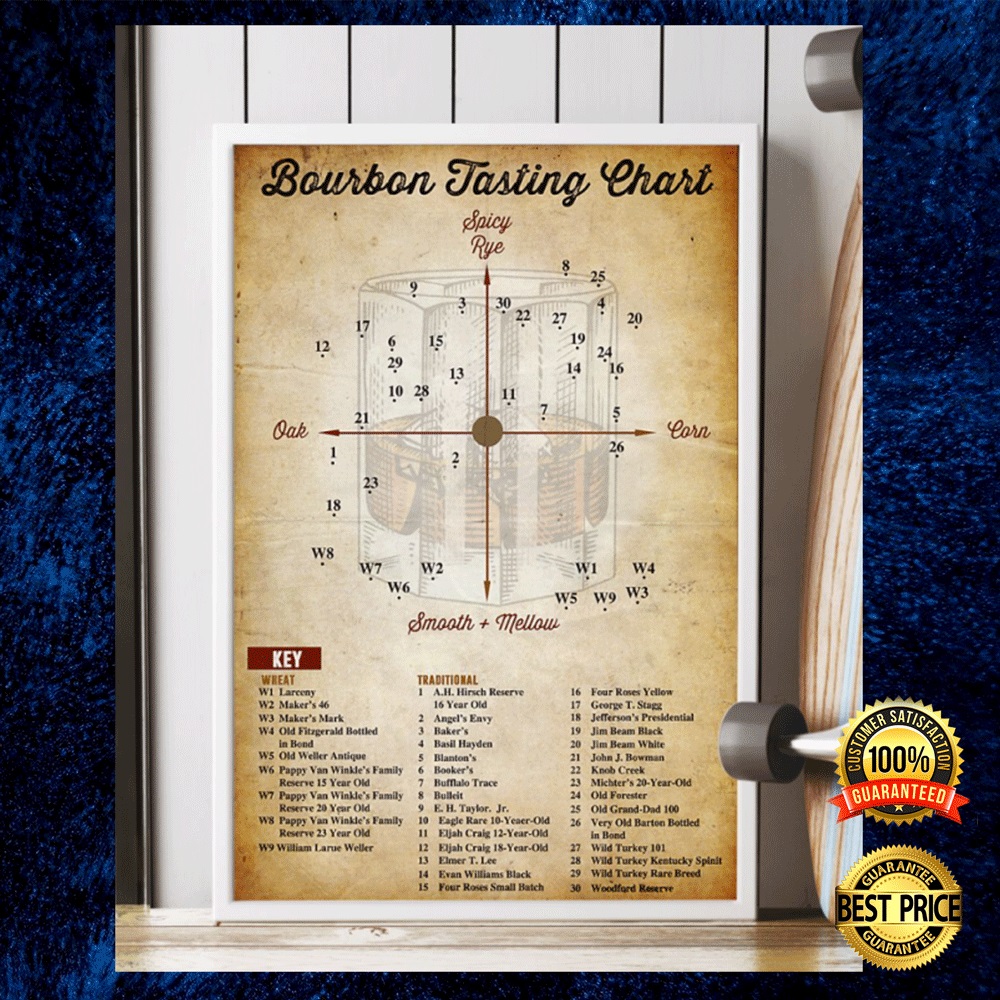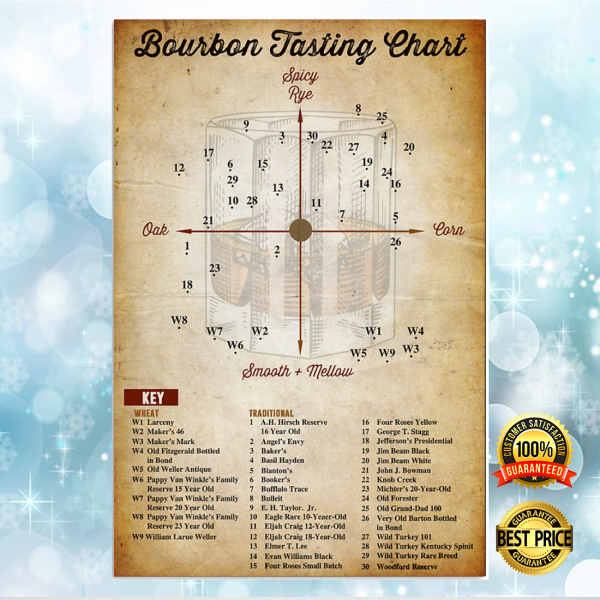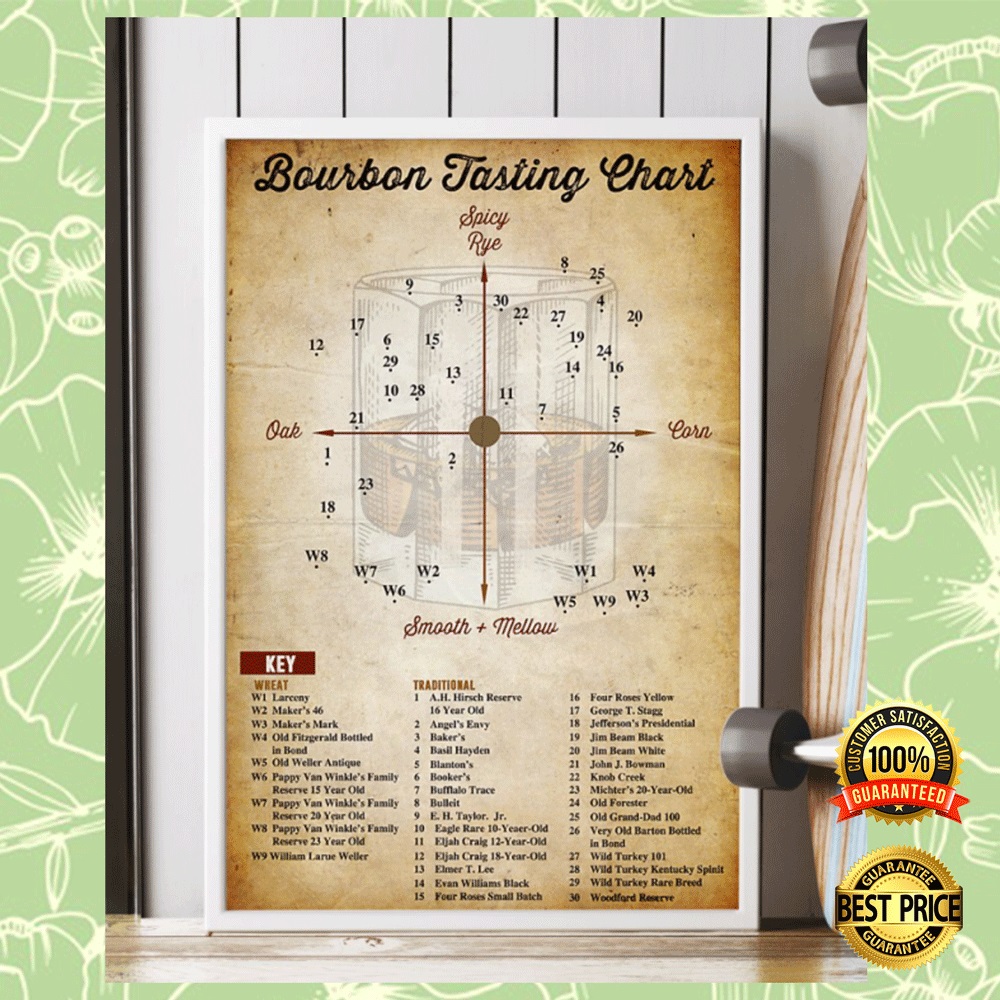Steam-fueled wagons were sold in France and the United States until the eve of World War I, and 1935 BOURBON TASTING CHART POSTER in the United Kingdom, when an adjustment in street charge rules made them uneconomic against the new diesel lorries. In 1895 Karl Benz planned and constructed the main truck in history utilizing the inward burning motor.
Click here to buy more product at Topproshirt
BOURBON TASTING CHART POSTER

In spite of the fact that it had been developed in 1897, the diesel motor didn’t show up underway trucks until Benz presented it in 1923. The diesel motor was not regular in trucks in Europe until the 1930s. In the United States, Autocar presented diesel motors for overwhelming applications in the mid-1930s. Request was sufficiently high that Autocar propelled the “DC” model (diesel traditional) in 1939. In any case, it took any longer for diesel motors to be comprehensively acknowledged in the US: fuel motors were still being used on overwhelming trucks during the 1970s. Truck is utilized in American English, and is normal in Canada, Australia, New Zealand, Puerto Rico, Pakistan and South Africa, while lorry is the equal in British English, and is the typical term in nations like the United Kingdom, Ireland, Malaysia, Singapore and India. “Truck” may return from an arrangement of “truckle”, signifying “little wheel” or “pulley”, from Middle English trokell, thus from Latin trochlea.[citation needed] Another conceivable source is the Latin trochus, signifying “iron circle”. Thusly, the two sources exude from the Greek trokhos (τροχός), signifying “wheel”, from trekhein (τρέχειν, “to run”).
How to buy !


Soon thereafter a portion of Benz’s trucks were adjusted to turn into the main transport by the Netphener, the principal motorbus organization ever. After a year, in 1896, another inner ignition motor truck was worked by Gottlieb Daimler. Different organizations, for example, Peugeot, Renault and Büssing, additionally constructed their own variants. The main truck in the United States was worked via Autocar in 1899 and was accessible with discretionary 5 or 8 torque engines. Trucks of the period for the most part utilized two-chamber motors and had a conveying limit of 3,300 to 4,400 lb (1.5 to 2 t). In 1904, 700 substantial trucks were worked in the United States, 1000 out of 1907, 6000 out of 1910, and 25000 of every 1914. After World War I, a few advances were made: pneumatic tires supplanted the beforehand regular full elastic variants. electric starters, power brakes, 4, 6, and 8 chamber motors, shut taxis, and electric lighting followed. The principal present day semi-trailer trucks likewise showed up. Visiting vehicle manufacturers, for example, Ford and Renault entered the substantial truck advertise.





